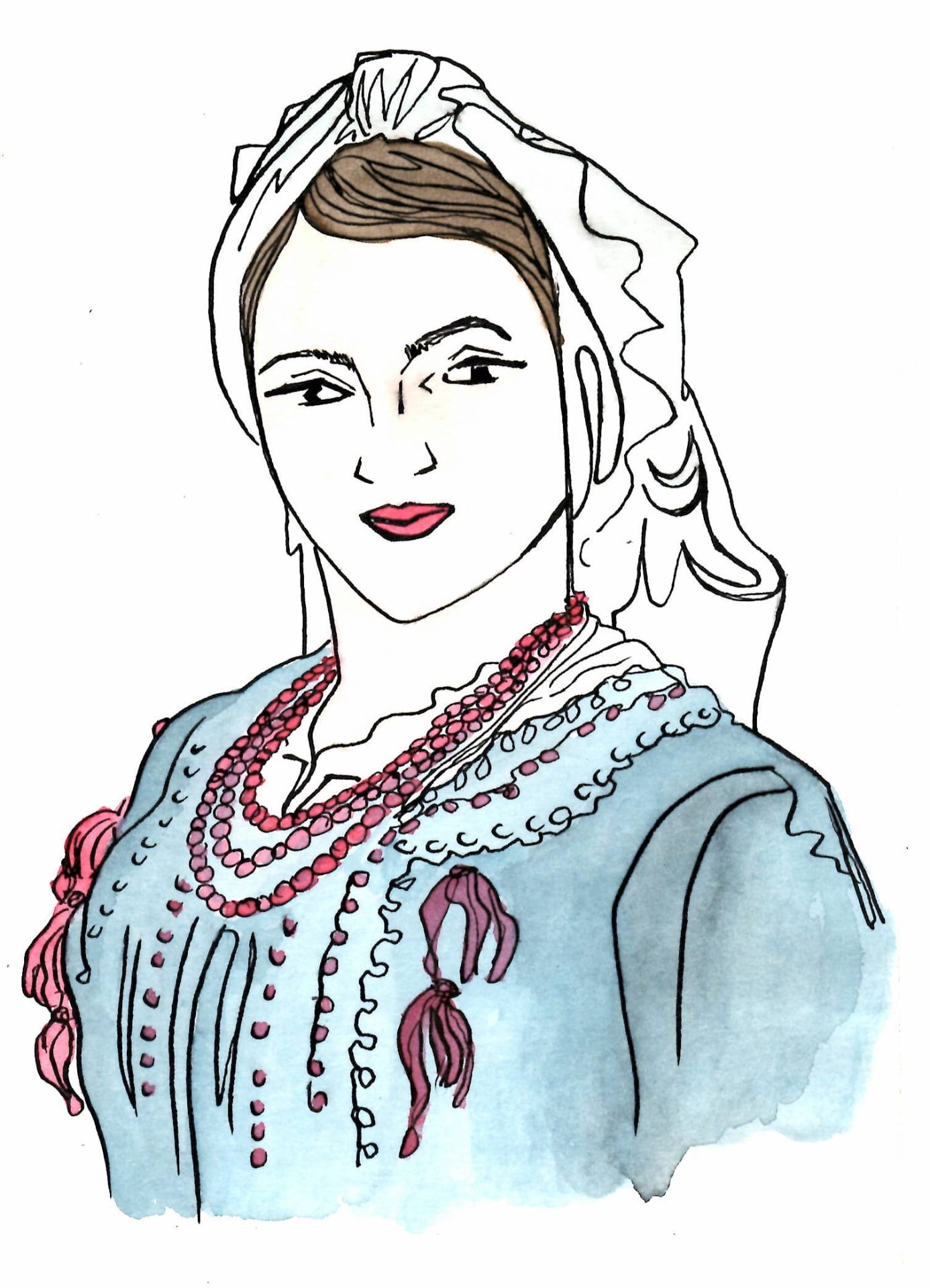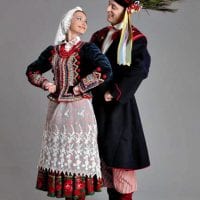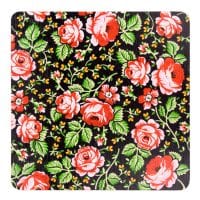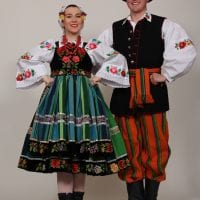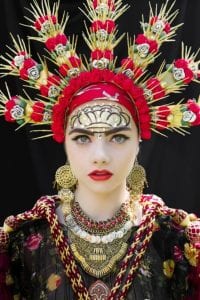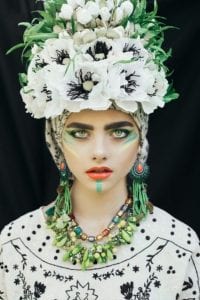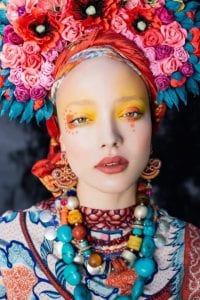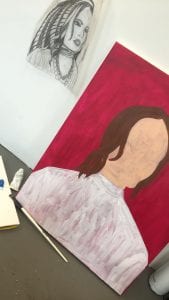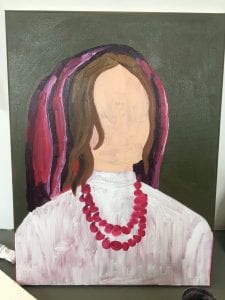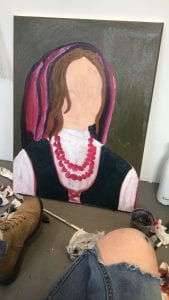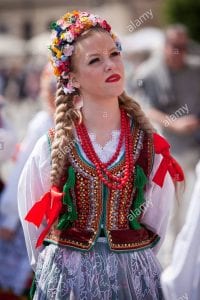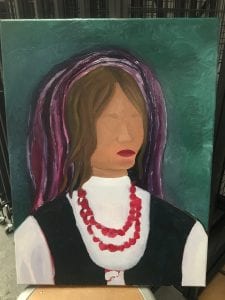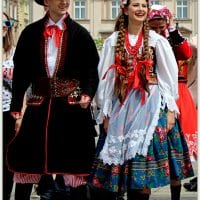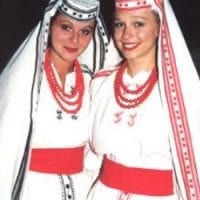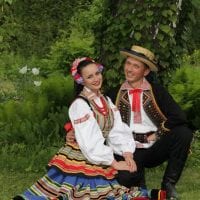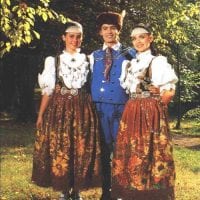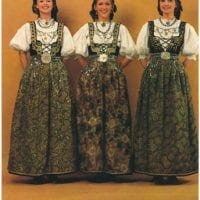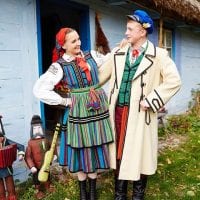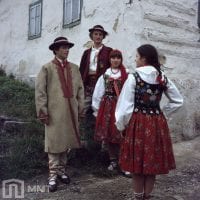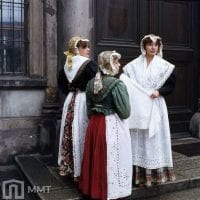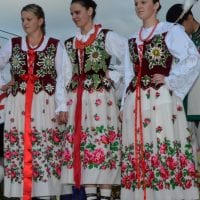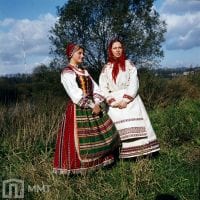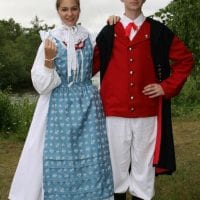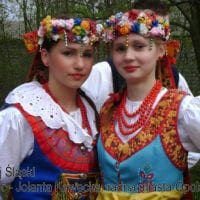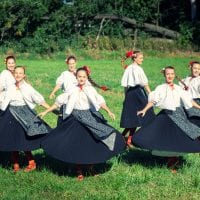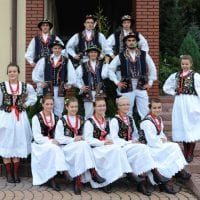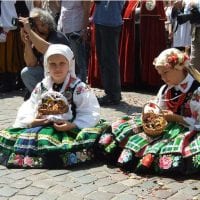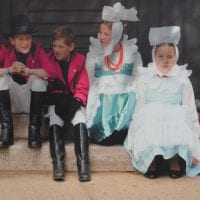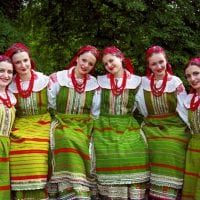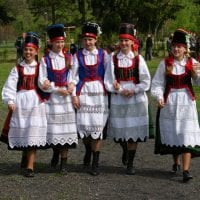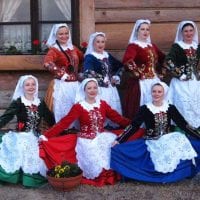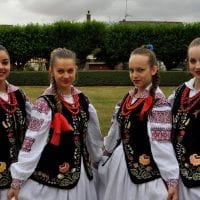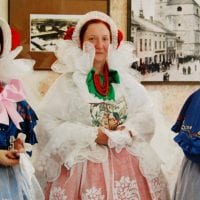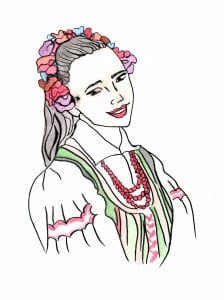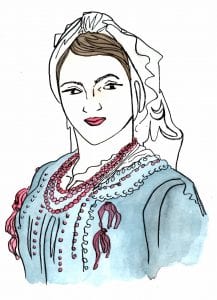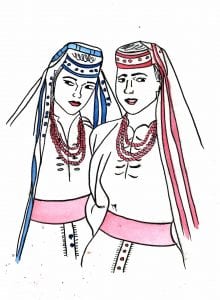Studio 2D
The Narrative Project
Week 1: Research
Reading Response:
While traditional (classical) art and contemporary art come from two very different time periods they thrive to do the same thing. No matter the styles or movement that Monet, Magritte or Fromanger use or are a part of, their goals are all the same. To document their own thoughts, studies and show what they want the audience to see. While reading this text, I found Foucault’s philosophies pointless and exaggerating. Almost as if they were seeking a meaning behind art that is far more complicated then it really needs to be. In a way that art is knowledge. It doesn’t matter if it is realistic or abstract, how much detail it has or doesn’t have. In the long run, art is a form of expression that shows the emotions that the artist and the people within his or her society were experiencing because of certain events or actions happening during their time period. As an artist, you hope your work resonates with the people who view. However, there is at no point in history where an artist thought, “Oh yes, this painting will be studied in textbooks.” An example is one of my favorite artists is Jan Matejko. He is a polish artist whose paintings, Foucault would most likely consider to be traditional and educational due to the historical events they portray. However, something that Matejko didn’t consider while making his works of art is that they would be studied deeply to rebuild a whole city and it’s only now decades later that is his work is not only inspirational but became educational.
Q&A
- What is important to you? What questions do you have on this topic? What do you not yet know about this?
My family, friends, and culture are the most important to me. My culture specifically influences a lot of my work because I consider myself to be tightly knit and active with the Polish community in New York City. Normally I’ve always connected landscapes to my culture. Painting places in Poland that I have always found beautiful and thought everyone else should see but now I wonder how I can start exploring my culture through other representations and mediums. I know a lot about my culture but I’ve never thought about researching specific traditions that I’ve grown up with which is what I wanted to narrow my focus down on. Specifically, I’ve been interested in looking at Polish tradition costumes. I had once worn them when I was young and wonder how they’re patterns and colors would function in abstract forms.
- Is it related to the questions or concepts addressed in the first project or not?
This research address the questions I had begun to ask myself at the beginning of the first project. I’ve always been taught, what one could call, traditional techniques. In this studio class and with the start of the last project I’ve begun to ask myself how far I can push myself outside of my comfort zone. What kind of mediums can I push myself to use and what kind of techniques can I use to break the boundaries I’ve made for myself?
- Where can you find sources of information to answer your questions? e.g. if your topic is dreams perhaps journal every morning your dreams for the night before; if your topic is people in your life perhaps ask them the same sets of questions, etc.
For my sources, I’d look at pictures of myself in the costume as well as friends. I’d see if I can gather designs and what makes them so unique that I’ve come to recognize them so clearly.
Inspiration images:
Artist Inspirations:
1.Kathy Butterly
She is an artist that is best known for her unique small pottery sculptures. She is an inspiration for this project because her vast experimentation with colors is one of the main aspects of her sculpture that make them so apealing. Butterly usues bright and strong colors. Colors that are eye catching. Her work has great deal of deatil in it, however, it’s the brillient colors of her sculptures that reminded me of the brillant colors that are found on polish cutltural costumes.
2.Magdalena Abakonowicz
She’s a polish artist who is greatly influneced by her culture and her life experiences from WW2 as well as the communist regime. Her work is experimental because of the way that she uses materials to create textures and visuals which tell a story vividly. Something that I admire greatly, for they beautiful transfer emotions to the auidence. She works in both 2D and 3D.
3.Henri Matisse
Matisse is an artist that has insprired me for quite some time. I have always been intrigued by his style of painting and his approach to potraying landscapes and people. His expresssionist approach is something that I want to focus on achieving in my own work and is the type of technique that I am currently interested in somehow including in this project.
Week 2: Research and progress
Abstract Response:
My culture has always been a big part of my life. Due to growing up in the polish community here in New York City, I always found myself in the company of people who were proud of the place that they came from. Over the last two years specifically, my culture has also made its way into my artwork. In this project, I’m focusing on bringing the traditional costume appearance that I have seen so many times into a 2D “modern” painting. A lot of works that consist of polish traditional costumes are also painted traditionally. However, as society has begun to change so has the aesthetic as to how these costumes are seen and integrated into our current representation of the culture. Recently inspired by my beginning studies of the southern polish costumes and the woman who wear them, for my printmaking project, I began to think of how I can aesthetically introduce these costumes into 2D painting. Old fashions have already begun to be integrated into modern fashion design by polish artists, therefore, I began to push myself to think about how I can interpret these costumes to be “modern” in painting. Specifically, I explored brushstroke techniques that seem to be very popular today in contemporary art, all of which stem from artists such as Monet and Matisse. Brushstrokes that evoke emotion and create a scene all while still remaining simple and more block-like rather than realistic.
Imagery & more inspiration:
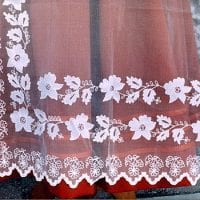

A closer look into certain styles; specifically the headwear that the costumes from the south. The scarfs have become a real modern fashion. Including this as a significant factor of what identifies polish culture. Also thinking about how some aspects of the custom are becoming modern, therefore, how can I interpret it in the painting?
Finding some inspiration in artists like Ula Koska and Beata Bojda, who are also are using cultural costumes and designs to inspire modern versions of the images into fashion. Encouraging myself to know how to apply this to my painting, not just the fashion they are usually associated with.

Looking into painting techniques of artists like Monte to be what kind of techniques I should approach my work with now.
Prep:
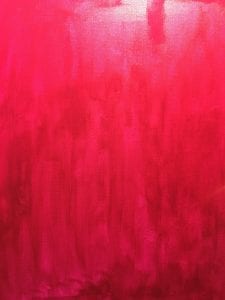
Priming the canvas with acrylic for oil painting. The warm color to help set a tone for the paint that will begin to be layered on top first.
Class Progress:
Week 3: Progress
Refreance Photo:
Progress:
Free Writing:
I already knew a lot about my culture and this idea started out as a way to widen my knowledge about the traditional costumes I grew up wearing. I wanted to explore the way I could present the clothes and of course also the person wearing it however, I quickly discovered, especially today that portraiture isn’t my strongest suit when it comes to painting. Although I still want to explore the idea of traditional wear in my culture I believe I will be keeping it strictly to drawing my ideas and thoughts rather than using oil paint. I have stumbled upon many challanges with this painting and continue to be unsatisfied with my work and the result I’m getting, specifically with the asthetic that I’m failing to see in my work. I have always found my strongsuit in painting to be landscapes and stilllife, perhaps it’s because I’ve had more practice with it. But this isn’t my first time painting portraiture and I believe that at the end of this project I can firmly say I prefer to keep portaiture for other materials. Currently I do not have any questions about my painting. I feel like I know where I satnd with my work even if it is in a negative way.
Week 4: Progress and Final
New Research:
- Strój Krakowski
- Strój Krakowski – Wschodni
- Strój Biłgorajski
- Strój Krzczonowski
- Strój Cieszyński
- Strój Cieszyński
- Strój Podlaski
- Strój Bytomski
Final:
- Last 2D Studio Project
- Last 2D Studio Project
- Last 2D Studio Project
Artist’s Statement:
I was born and raised in New York City. Growing up in such a huge city exposed me to so many cultures and so much diversity, yet because I was raised by immigrant parents that came here looking for the “American Dream” therefore I was raised in a completely different way from most people my age. It’s because I was raised in their Polish customs, their traditions and for as long as I can remember my parents surrounded me with their native language. A language that I consider to be my own now. In fact, today I am extremely connected to my Polish roots because of what my parents did for me and one of these things was encouraging me to take part in traditional polish dances. This lead to me spending a good chunk of my time dancing around in elegant and bright costumes and even though sometimes they felt a little too stuffy when I got older I took it upon myself to continue wearing them to present my culture to my friends. This one polish traditional outfit became a huge part of my life and now as a scout leader for a polish troop here in NYC, it’s my duty to educate young girls who want to continue to learn about their heritage just like I had. Because of them, I was inspired to start a painting. I decided that I wanted to showcase my polish tradition but as I began to paint I realized one painting just didn’t feel right. I wondered if oil paint was even the right medium and I’m thankful I followed my instinct to abandon the initial project to start from scratch. Go back to the research I had begun and dive back it and to come back out of it this new idea that illustration was the way I wanted to show these traditions. Through line and the use of watercolor I wanted to present something that could be educational but also could be part of a story, therefore this project has now lead me to question and think of my work as a book and as a series of small works that could expand beyond the traditional Polish costume.
